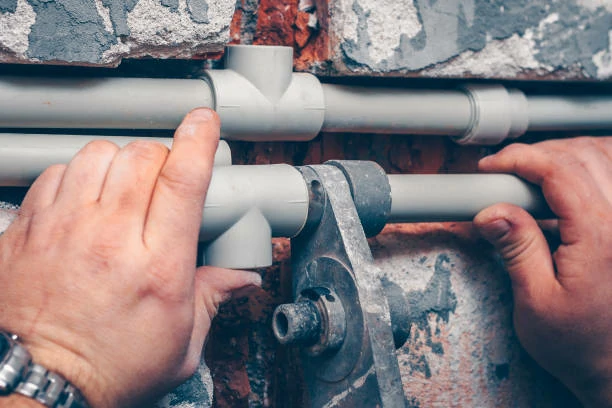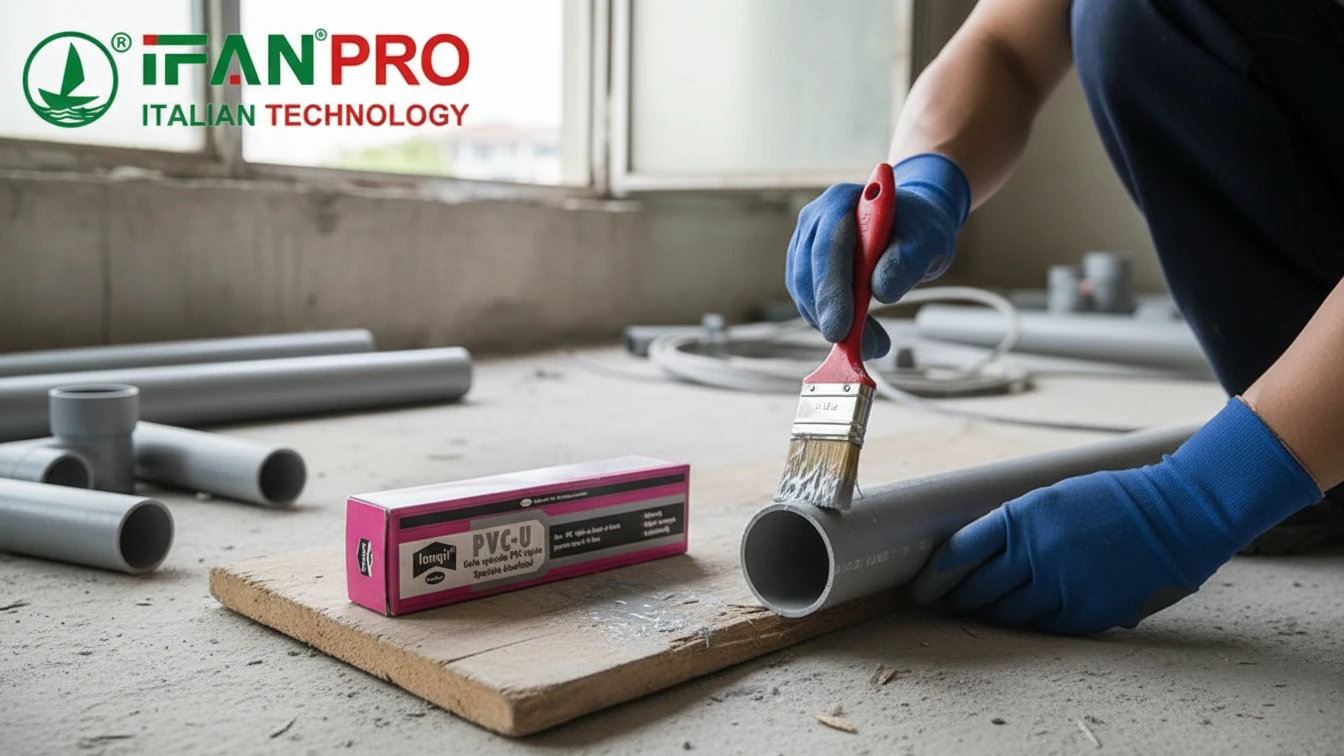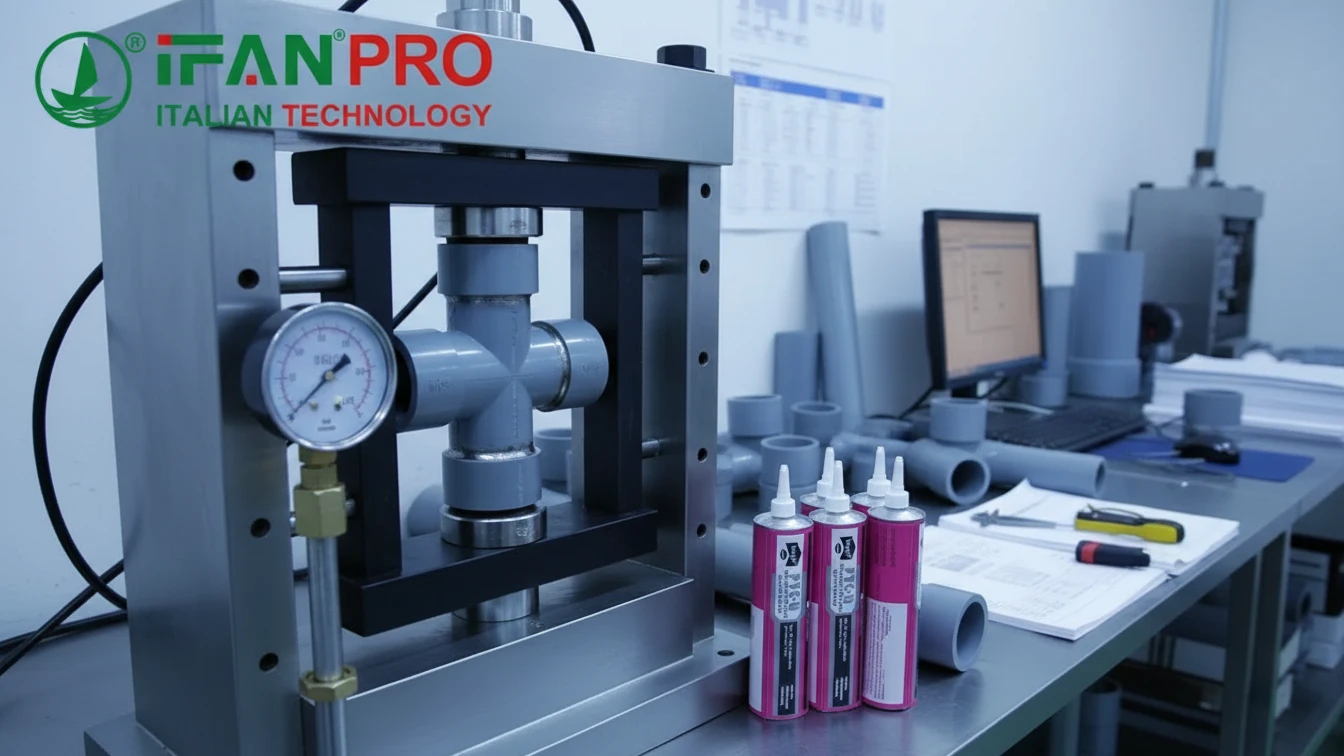Introduction to PPR Piping in Industrial Applications
PPR (Polypropylene Random) piping is widely recognized for its efficiency and safety in handling industrial fluids. Industries such as chemical processing, food production, and water treatment increasingly rely on PPR pipes for their strength and versatility. Designed to withstand high temperatures, pressure, and a variety of fluids, PPR piping ensures smooth, safe, and efficient fluid transport in demanding industrial settings.
Corrosion Resistance in Harsh Industrial Environments
One key advantage of PPR piping is its exceptional resistance to corrosion. Traditional metal pipes, such as steel or copper, can corrode when exposed to harsh chemicals or water over time. PPR pipes, made from a type of thermoplastic, resist both chemical reactions and rust. In chemical factories, for instance, where fluids may be acidic or alkaline, PPR pipes provide a long-lasting, maintenance-free alternative.
High Temperature and Pressure Tolerance
Industrial processes often involve transporting fluids at high temperatures and pressures. PPR piping is engineered to endure these demanding conditions. Its molecular structure allows the pipes to expand slightly under stress, which prevents cracking or breakage. In manufacturing plants, where steam or hot liquids are frequently transferred, PPR pipes maintain structural integrity, reducing the risk of leaks or system failures.
Ease of Installation and Connection
The ease of installation of PPR pipes makes them an attractive option for industrial use. PPR piping systems use a fusion welding technique, ensuring strong, leak-free connections. This process not only reduces installation time but also eliminates the need for joint sealants or gaskets, which can degrade over time. For example, in industries where downtime is costly, the quick and reliable installation of PPR piping ensures a swift return to full operation.
Safety in Handling Hazardous Fluids
When dealing with hazardous or chemically reactive fluids, the material of the piping system is critical. PPR piping is non-reactive and does not leach harmful substances into the fluids it carries. This makes it ideal for industries such as pharmaceuticals and food production, where purity is essential. In these applications, PPR pipes ensure that no contaminants enter the process, safeguarding both product quality and worker safety.
Low Maintenance and Longevity
Another advantage of PPR piping in industrial fluid transport is its minimal maintenance requirements. Unlike metal pipes that may need regular inspections for rust or corrosion, PPR pipes can last for decades with little upkeep. Their smooth internal surface reduces friction, preventing the buildup of scale and ensuring consistent flow. As a result, industries using PPR piping systems benefit from lower operational costs and reduced downtime for repairs.
Eco-Friendly and Recyclable
As industries move towards more sustainable practices, the environmental impact of materials becomes a significant factor. PPR pipes are 100% recyclable, making them an eco-friendly choice. During production and at the end of their service life, PPR piping can be recycled and reused in new applications. This is particularly important in industries looking to reduce their carbon footprint, as PPR piping helps minimize waste and promotes sustainability.
Cost Efficiency for Industrial Applications
In addition to its durability and low maintenance, PPR piping offers cost advantages. Its relatively low initial cost, combined with long service life and minimal maintenance, results in overall savings for industrial applications. For example, in water treatment plants, where miles of piping are required, the affordability and performance of PPR pipes reduce both installation and operational expenses. This makes PPR a cost-effective solution for industries focused on efficiency.
Conclusion: Why PPR is Ideal for Industrial Fluids
In summary, PPR piping is a highly efficient, safe, and cost-effective solution for transporting industrial fluids. Its corrosion resistance, ability to handle high temperatures and pressures, ease of installation, and minimal maintenance make it the ideal choice for a wide range of industries. Furthermore, its non-reactive nature ensures the safe handling of hazardous or sensitive fluids, while its recyclability supports sustainable practices. As industrial demands continue to grow, PPR piping stands out as a reliable and forward-thinking choice.
| Best PPR pipes Manufacturers | ||
| Компании | Штаб-квартира/местонахождение | Год основания |
| ИФАН | ЧЖЭЦЗЯНЬ, КИТАЙ | 1993 |
| RAKtherm | ОАЭ | 1963 |
| REHAU | Мури-бай-Берн, Швейцария | 1948 |
| ПОЛОПЛАСТ | Леондинг, Австрия | 1954 |
| ERA | ЧЖЭЦЗЯНЬ, КИТАЙ | 1983 |
| LESSO | ГУАНДУН, КИТАЙ | 1986 |
The IFAN PPR piping system adheres to international standards, including ISO 15874 series, EN 15874 series, ASTM F2389, DIN 8077/8078, GB/T 18742 series, and NBR 15884.
Подключайтесь
ИФАН является китайским производителем пластиковых труб, фитингов и клапанов с 30-летним опытом работы. Если вы заинтересованы в ИФАН медные фитинги, медные клапаны, пластиковые трубы и фитинги, пожалуйста, свяжитесь с нами. ИФАН предлагает вам разнообразные стандартные трубы для удовлетворения ваших конкретных потребностей. Нажмите ниже, чтобы узнать больше о широком ассортименте доступной и экономичной арматуры и сопутствующих товаров для трубопроводных систем, предлагаемых компанией ИФАН.
Мы ответим на ваше письмо или факс в течение 24 часов.
Вы можете позвонить нам в любое время, если у вас возникнут вопросы по нашей продукции.
Для получения дополнительной информации, пожалуйста, посетите наш веб-сайт https://ifanpro.com/
Отправить по почте: [email protected]
Whatsapp: + 86 19857948982














Последние комментарии